In his recent book ‘Looking East in Winter’ Rowan Williams, former Archbishop of Canterbury, looks to the Eastern Orthodox traditions for insights to help understand and respond to what he refers to as our contemporary crisis of imagination and hope.
As we remember today the Blessed Virgin Mary I would like to share with you some thoughts about her significance that I found to be engaging.
What he outlines is the way in which some eastern theologians have drawn a distinction between Christ’s suffering, the suffering on the cross, and Mary’s suffering, the suffering of the sword that pierced her heart.
The distinction that is being made here is between accepted suffering, such as we see in Christ’s acceptance of the cross, and unavoidable involvement in suffering, such as Mary was forced to endure.
Mary consented to God’s plan for her at the annunciation of course and the risk that inevitably involved, trusting in God’s faithfulness but she could have no sense of the sword which was to pierce her heart as Simeon phrased it in his prophesy at the presentation at the temple.
The implication, those Eastern Theologians suggest, is that the Christian call is both informed by our understanding of Christ in that we are called to take up our cross and to be prepared to accept suffering in serving God’s purposes in the world, and by our understanding of Mary, recognising that love of neighbour involves an inevitable sharing in others pain and tragedy.
I certainly found the idea compelling, a helpful way to think about Mary and her significance. It prompted a recognition of one of the ways in which I have often, over the years, found myself being brought up short in the Christian life and through which I have been schooled, namely through recognition of the ways in some people are more open to the suffering of others.
Sometimes our indifference to others is immediately obvious of course, such as when we are directly faced with people in need as we go about our business. The more common modern indifference is to suffering elsewhere though, in ‘other’ communities, in ‘other’ nations that we hear of indirectly.
The Christian life involves an openness to others and an acceptance that we are all God’s children. The more that we are channels of God’s love the more that we identify with our brothers and sisters and that involves unavoidable pain. This has been referred to as the terrible aspect of the second commandment – to love our neighbour as ourselves.
The words of Jean Vanier describe why we should not simply turn away. He writes of Mary standing at the cross:
Mary does not weep because she has lost a son. The whole attitude of Mary is to be there beside her beloved son, humiliated, excluded, a failure, and suffering. She is there with all her being, all her love, to sustain him and to help him and be with him. Jesus is in a radical and total state of vulnerability and Mary says I am with you, I trust you. It is as if Mary represents all of humanity in front of Jesus, who came to love and save all of humanity. Her presence says I am with you and I love you. Mary is standing. She is a woman who sustains, consoles and strengthens, in some way saying I offer myself to the father with you, in you and for you and for the salvation of the world.
To finish I will share a poem from Nicola Slee, a theologian with a particular focus on women’s experience, entitled ‘Prayer to Mary’ it turns our attention in a more devotional direction. She writes:
When we stand in the place of death and loss,
Mary, stand with us,
and teach us how to endure.
When we stand in a place of powerlessness, unable to act,
Mary, stand with us,
and teach us how to holdfast.
When we stand in the place of separation,
Mary, stand with us,
and teach us how to let go,
releasing ourselves and all for whom we yearn
into the mystery of divine love,
so that we may become ready to move on
into the new community of love where God’s spirit calls.
Amen.



